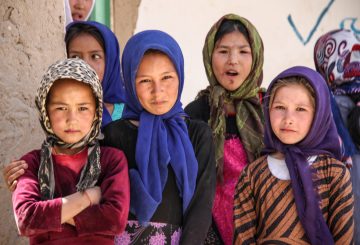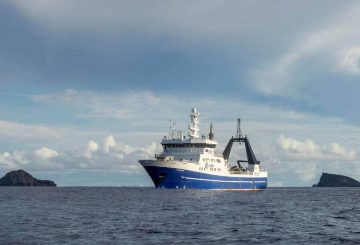Vào ngày 10 tháng 12 năm 2023, Tổng thư ký Liên Hợp Quốc Antonio Guterres bày tỏ quyết tâm tiếp tục vận động cho một lệnh ngừng bắn nhân đạo ở Gaza. Ông nói rằng cuộc chiến đang diễn ra đang làm tổn hại đến uy tín và thẩm quyền của Hội đồng Bảo an. Bình luận của ông được đưa ra tại hội nghị Diễn đàn Doha, sau khi Mỹ phủ quyết đề xuất yêu cầu của Hội đồng Bảo an Liên Hợp Quốc về ngừng bắn ngay lập tức trong cuộc xung đột giữa Israel và nhóm Hamas của Palestine.
Ông Guterres nhấn mạnh sự cần thiết của Hội đồng Bảo an để ngăn chặn một thảm họa nhân đạo và lặp lại lời kêu gọi ngừng bắn của ông. Mặc dù Hội đồng Bảo an không hành động, ông thề sẽ không bỏ cuộc.
Thủ tướng Qatar Sheikh Mohammed bin Abdulrahman Al Thani cũng phát biểu tại cuộc họp, nói rằng Doha sẽ tiếp tục gây áp lực cho Israel và Hamas để ngừng bắn, mặc dù cơ hội giảm sút. Qatar, nơi có nhiều nhà lãnh đạo chính trị Hamas, đã làm trung gian đàm phán giữa nhóm này và Israel. Sheikh Mohammed lưu ý rằng các cuộc đàm phán, chứ không phải hành động quân sự của Israel, đã dẫn đến việc thả con tin từ Gaza.
Philippe Lazzarini, người đứng đầu cơ quan viện trợ của Liên Hợp Quốc cho người Palestine (UNRWA), lập luận rằng việc phi nhân hóa người Palestine đã cho phép cộng đồng quốc tế dung thứ cho các cuộc tấn công đang diễn ra của Israel vào Gaza. Ông nhấn mạnh nhu cầu cấp thiết của một lệnh ngừng bắn nhân đạo.
Tuy nhiên, Mỹ và Israel phản đối lệnh ngừng bắn, cho rằng nó sẽ chỉ mang lại lợi ích cho Hamas. Thay vào đó, họ ủng hộ tạm dừng giao tranh để bảo vệ thường dân và tạo điều kiện cho việc thả con tin bị Hamas bắt trong cuộc tấn công ngày 7 tháng 10 vào Israel.
Ngoài tình hình Gaza, Guterres cũng đề cập đến vấn đề biến đổi khí hậu tại hội nghị COP28. Ông kêu gọi các nhà lãnh đạo nhất trí về việc giảm phát thải đáng kể để ngăn chặn sự nóng lên toàn cầu vượt quá 1,5 độ C. Bất chấp những lời hứa, ông lưu ý rằng lượng khí thải đang ở mức cao kỷ lục, phần lớn là do nhiên liệu hóa thạch. Ông kêu gọi các công ty nhiên liệu hóa thạch và những người ủng hộ họ sử dụng tài nguyên của họ để dẫn đầu quá trình chuyển đổi sang năng lượng tái tạo.




























































